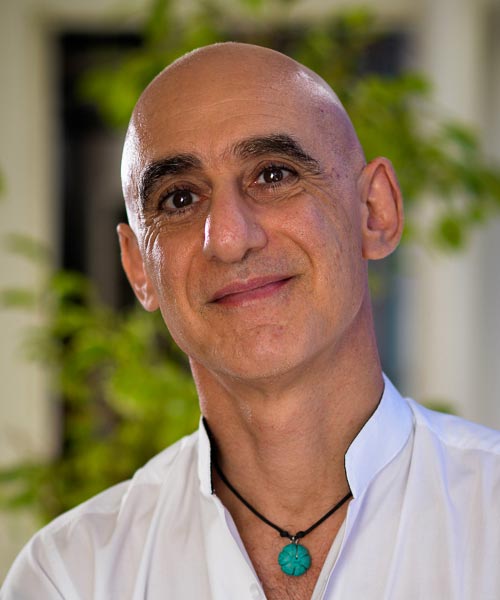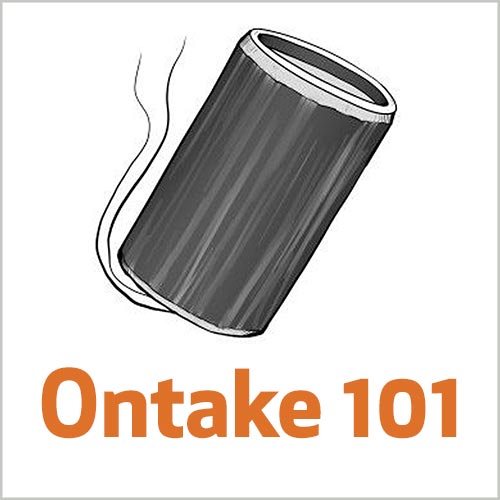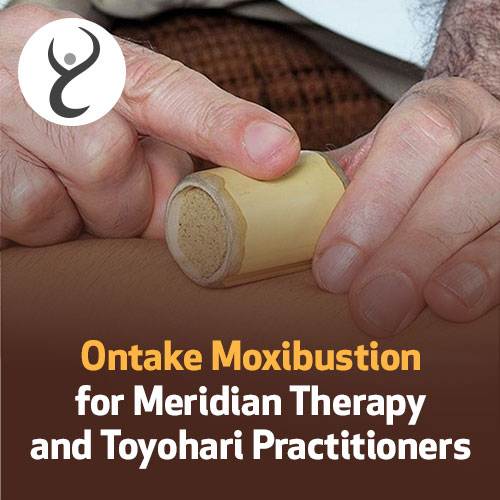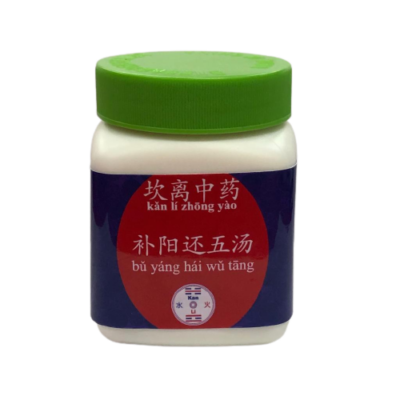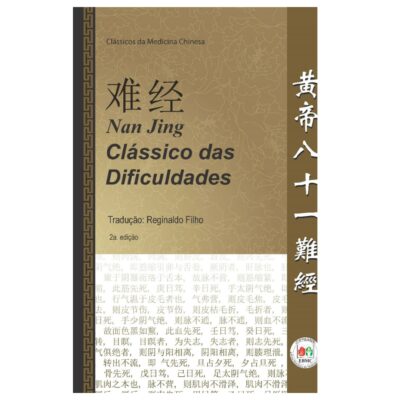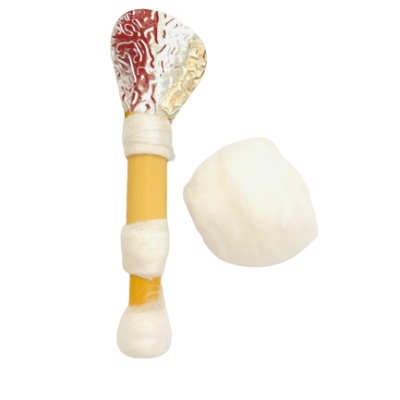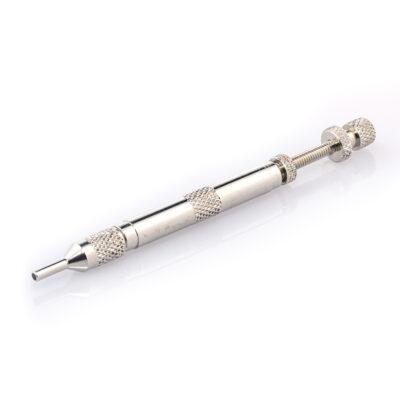Subtotal: R$66.90
Visão Geral Do Curso
Moxibustion is ancient. Even more ancient than needling. In modern acupuncture, however, it is often considered too time-consuming, too risky or too difficult to master. And yet the classics say: for chronic conditions, moxa has no equal.
Coming to the rescue of time-poor, risk-averse, present-day acupuncturists is the Ontake Method from Japan. This innovative approach uses a piece of bamboo filled with burning moxa wool to roll, tap and press on the meridians using a metronome programmed to each meridian's frequency. The rhythmic application of heat, frequency and pressure triggers rapid shifts in your patients' body condition and mood but this method generates only a little smoke.
In this course, you will learn:
(1) Dr Manaka's meridian frequencies and how to apply them
(2) Protocols for symptom relief
(3) Protocols for whole-body regulation
(4) The integration of Dr Tan's holographic models with Ontake for the rapid relief of pain
Presented by Oran Kivity and compered by Michael Max from the Qiological podcast, the format is varied and dynamic, with lectures, PowerPoints, group Q&A sessions and teaching videos. Each lesson is linked to a section in a fifty-page workbook packed with learner-centred quizzes and exercises. Engagingly filmed, produced and edited to hold the attention of distance learners, Moxa in Motion presents a step-by-step guide to utilizing the Ontake Method that will leave you confident in your new skills and more effective in your practice.
Objetivos
-
Describe Dr Manaka’s Meridian Frequencies, Wooden Needle and Hammer, tapping zones and three areas of application for Ontake for treating the root, branch and for pain relief
-
Load, light and extinguish moxa in the bamboo safely, list actions and contraindications for Ontake, compare protocols for clinic hygiene.
-
Discuss the Japanese concept of skin luster to differentiate deficiency/ excess and how to supplement and drain these reactions with protocols such as standing, rocking, rolling, tapping, pressing, knocking, leaning, vibrating, bouncing and rubbing.
-
Draw the tapping protocols for Bamboo Max and Bamboo Mini (to strengthen the body’s healing responses at the root level) on a blank diagram, list routines for branch treatments and point to reflex areas on self using Dr Tan's mappings
-
Describe Japanese acupuncture concepts of dosage, identify sensitive patients and remedy overtreatment using Ontake
Descrição
0 hrs - 1.5 hrs
Introducing Meridian Frequency Moxibustion in the context of the inherent rhythms and cycles of traditional moxibustion and emphasising the importance of regulation at root level before treating the branch
1.5 hrs - 2.5 hrs
Discussing the characteristics of medium grade moxa wool and how to load and light Ontake safely. Visual presentation of working with frequencies and metronome
2.5 hrs - 3.25 hrs
Examine historical precedents for whole body root treatments in TEAM and extrapolate how these ideas could be extended to Ontake
3.25 hrs - 4.25 hrs
Introducing three more Ontake application methods. Presenting a skin assessment routine examining deficiency excess on the skin and balancing the arm channels
4.25 hrs - 5 hrs
Present four application methods for moving qi and blood. Also, three more application methods for more stubborn reactions
5 hrs - 6 hrs
To introduce Bamboo mini plus legs sequence, discuss workflow and keeping good notes
6 hrs - 7 hrs
Forum discussion and introduction to the work of Dr Richard Tan, using his holographic models and channel pairings in a new way with Ontake.
7 hrs - 8 hrs
Forum discussion and practice on Dr Tan's models
8 hrs - 8.75 hrs
Visual presentation and practice of Ontake for pain relief. Discussion and practice
8.75 hrs - 9.75 hrs
Discuss actions and contraindications of moxibustion: levels of application and risks in the context of Ontake
9.75 hrs - 10.75 hrs
Introduce Isaburo Fukaya and his anxiety points on the back • Examine Ontake sequences for various conditions such as ear problems, neck pain, back pain, knee pain, abdominal pain, as well as stress-related states such as anxiety and insomnia
10.75 hrs - 11.5 hrs
Differentiate sensitive patients from robust patients , moderate dosage for each patient type, identify the correct dosage using the jitsometer thought experiment
Testemunhos
-
Caroline S. (Australia)
Ótimo curso para quem quer estudar Moxa. (Traduzido automaticamente da EN)
-
Mariko S. (Canada)
A Ontake, em um dia, revolucionou a forma como trato a mim, minha família e meus clientes. Eu tenho usado quase todos os dias desde que aprendi. Obrigado Orin! (Traduzido automaticamente da EN)
-
Izelle C. (United States of America)
Este foi um curso online bem organizado e maravilhosamente apresentado. Foi fácil acompanhar, a apostila foi muito útil e mal posso esperar para praticar. Ter uma foto das técnicas, uma descrição verbal e depois um vídeo ilustrando, facilitou a assimilação das técnicas. Obrigado a Oran por sua dedicação. (Traduzido automaticamente da EN)
Testemunhos
Ótimo curso para quem quer estudar Moxa. (Traduzido automaticamente da EN)
Caroline S. (Australia)
A Ontake, em um dia, revolucionou a forma como trato a mim, minha família e meus clientes. Eu tenho usado quase todos os dias desde que aprendi. Obrigado Orin! (Traduzido automaticamente da EN)
Mariko S. (Canada)
Este foi um curso online bem organizado e maravilhosamente apresentado. Foi fácil acompanhar, a apostila foi muito útil e mal posso esperar para praticar. Ter uma foto das técnicas, uma descrição verbal e depois um vídeo ilustrando, facilitou a assimilação das técnicas. Obrigado a Oran por sua dedicação. (Traduzido automaticamente da EN)
Izelle C. (United States of America)
Curso divertido e informativo que oferece uma ótima nova modalidade de tratamento para praticantes da MTC. Meg H. Canadá (Traduzido automaticamente da EN)
Megan H. (Canada)
Curso excelente e muito informativo como tratamento independente, mas também como complemento a outras modalidades de praticantes de medicina tradicional e alternativa (Traduzido automaticamente da EN)
Antonios S. (Switzerland)
Professor
Oran Kivity
British acupuncturist Oran Kivity trained in Europe, China, and Japan. In practice since 1987, he has ignited interest in the Ontake Method, a rhythmic moxibustion method from Japan.
Aviso Legal
Please read these important disclaimers before purchasing:
...
Read Disclaimers




